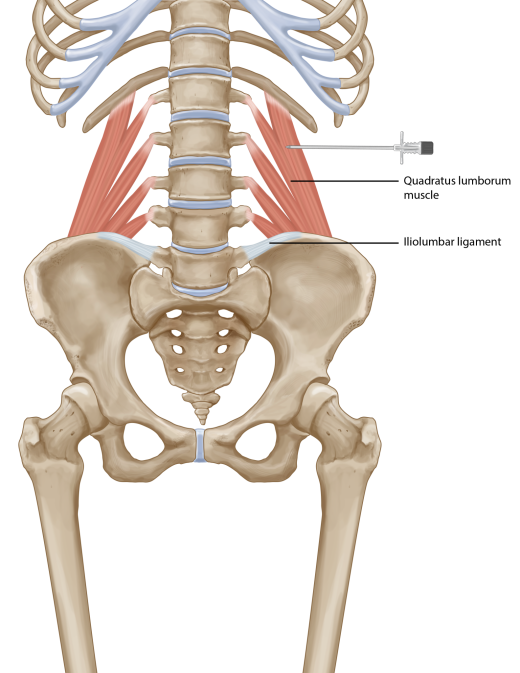Why You Might Have Shin Splints and How To Fix It..
- Samuel Wilmott
- 3 days ago
- 2 min read
Understanding Shin Splints: The Biomechanics Behind the Pain, I find that once you understand shin splints they are fairly simple to sort out..
Shin Splints AKA - Medial Tibial Stress Syndrome (MTSS).
It’s one of the most common overuse injuries, especially in runners and active individuals.
But to fix it properly...not just patch it uP, you need to understand why it happens.
Let’s break it down from a biomechanical point of view.
THESE ARE THE MOST COMMON CAUSES
Foot Mechanics (PoorOverpronation)
When the foot rolls in excessively (overpronates), the arch collapses and causes the tibia (shin bone) to rotate inward with each step.
That constant twisting puts extra strain on the muscles and fascia that attach along the shin especially the tibialis posterior and soleus.
Over time, this repetitive stress leads to inflammation and micro-tears along the shin bone.
How To Fix: Strengthen the foot and arch, improve ankle stability, and consider a gait assessment to check your mechanics.

The Most Common Reason I See: 2.
Tight or Weak Calves (or both!)
Your calf muscles, particularly the gastrocnemius and soleus, they play a big role in shock absorption. And remember, running is very forceful and a prolonged pounding one.
If they’re tight, they pull on the tibia and limit ankle mobility.
If they’re weak, they can’t absorb force efficiently, passing that stress down to the shin instead.
👉 Fix: Regular mobility work, stretching, and deep tissue release (massage or cupping) can restore flexibility. Sports massage with me in Saffron Walden can help here.
Strength work for the calves and ankles helps build resilience. Strong things don't break!
Limited Ankle Dorsiflexion (links to the above point, can you see how tight muscles can really mess things up?)
Restricted ankle movement (often due to tight calves or stiff joints) changes how your foot strikes the ground.
Instead of a smooth roll-through, you get a heavy heel strike or overcompensation from the front of the shin muscles, especially the tibialis anterior.
This overloads the area, leading to irritation and pain.
👉 Fix: Incorporate ankle mobility drills, banded stretches, and dynamic warm-ups before training

Training Errors
This one’s simple but crucial. And in combination with tight muscles this is a big problem
A sudden increase in running mileage, intensity, or hill work ramps up repetitive load before your tissues can adapt.
Combine that with hard surfaces or worn-out shoes, and your shins take the hit.
👉 Fix: Progress gradually (no more than 10% increase per week), vary your terrain, and don’t underestimate recovery time. To be good at running you really don't need to smash every run!

There are other issues like bad hip mobility and weak glutes, but the above are very common causes.
Ultimately if you stretch and strengthen the calves and your tib (front of your shins), do strength training, and be careful
It's not as complicated as one might think, just keep a good stretching and strengthen routine and it will get sorted. Sports massage with myself will help massively and will certainly speed up the process.
.png)




Comments